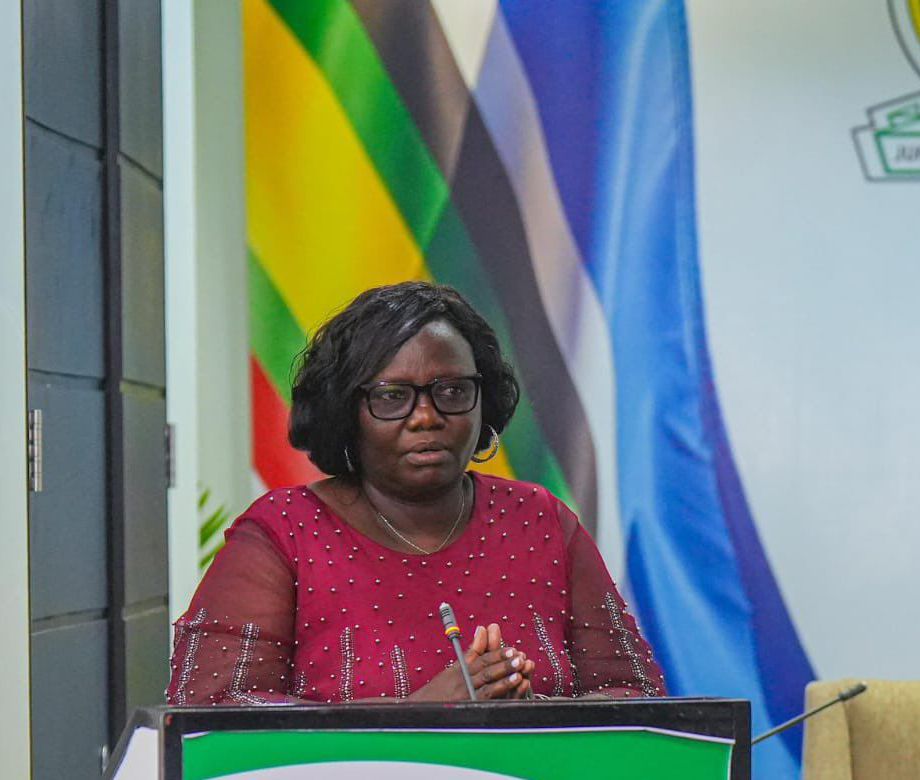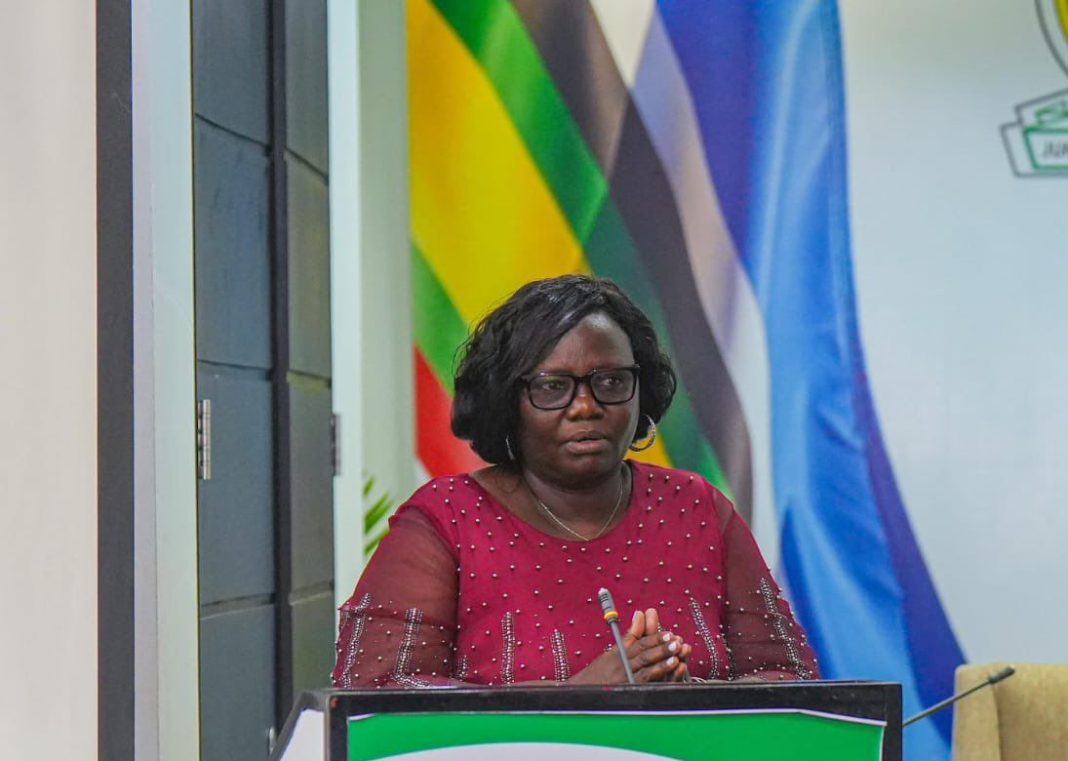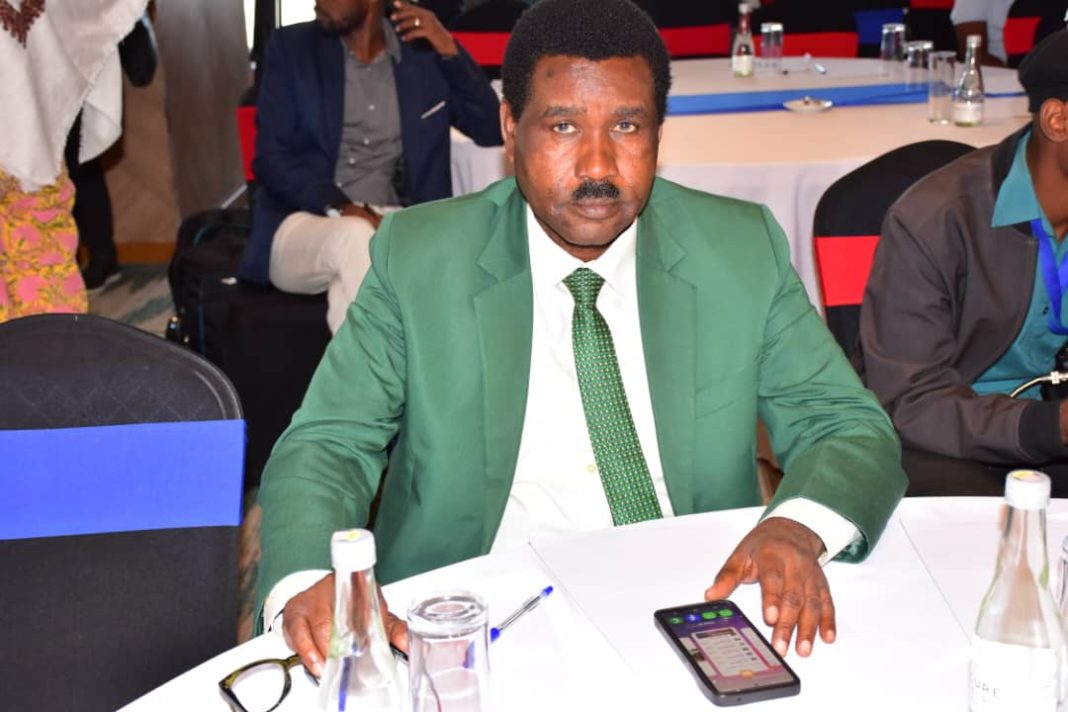The Office of the Cabinet Secretary for East African Community, ASALs, and Regional Development convened to discuss the Draft Common Programme Framework for Ending Drought Emergencies (EDE CPF II).
This comes amid the significant draught challenges Kenya has been facing particularly in its arid and semi-arid lands (ASAL).
The meeting graced by Hon. Beatrice Askul Moe, brought together key stakeholders including Governors, Heads of Mission, and Development Partners, all united in a shared commitment to address the pressing issue of drought emergencies in Kenya.
Speaking on Tuesday in Nairobi,Hon. Moe emphasized the significance of the EDE CPF II, which aims to establish a comprehensive framework that will guide actions from 2023 through 2032. “Our gathering today focuses on ASAL and Regional Development,” she said.
The Cabinet Secretary highlighted the importance of early intervention, stating, “Instead of waiting for a disaster to declare a national emergency, we must start monitoring situations in various counties. Early warning systems exist but are often underutilized.”She called for a shift in mindset, advocating for a collective effort from both national and county levels to address potential drought impacts before they escalate.
The meeting underscored the critical role of local leadership in implementing drought management strategies. Governors and their deputies were urged to actively participate in the monitoring and assessment of water resources within their jurisdictions.
Hon. Moe stressed that “counties must be equipped to utilize early warning reports effectively,” fostering an environment where local leaders can make informed decisions in a timely manner.Water management emerged as a central theme during discussions.
The governors voiced their concerns that improved water accessibility could significantly mitigate drought-related challenges.A key aspect of the EDE CPF II framework is its emphasis on collaboration among various stakeholders.
Hon. Moe pointed out that resources must not be managed in isolation.”All partners involved in water services and drought management need to work together. By pooling resources, we can create more impactful projects that benefit both livestock and local communities,” she explained.
The need for an integrated approach was reiterated throughout the meeting, with participants encouraged to share insights and strategies that could enhance the overall effectiveness of drought preparedness and response.As discussions wrapped up, the focus shifted to implementation strategies.
A number of governors expressed frustration over past initiatives that failed to materialize due to poor execution.Hon. Moe reassured them that EDE CPF II is set to be implemented starting July, emphasizing a commitment to follow through.
“We must align our efforts and ensure that this framework is not just a document but a living, actionable plan,” she concluded.




